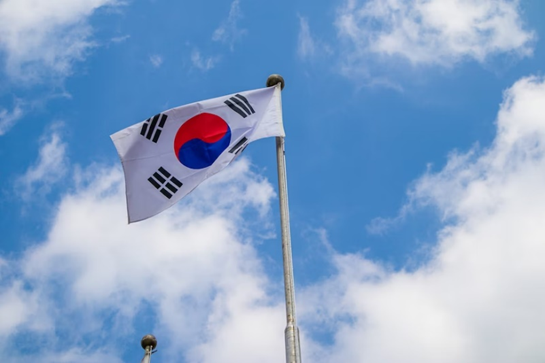IN THE SHADOWS OF HISTORY

IN THE SHADOWS OF HISTORY In the annals of history, certain chapters emerge as poignant reminders of the human spirit's resilience in the face of adversity. We all are aware of Korea-Japan Colonization. A period in the history that asked for countless sacrifices. A time, that made the Korean nation endure a great amount of agony. But despite all the hardships, Korea rose to great heights, becoming one of the greatest economies in the world. Some phases are hard to go through, but it’s rightly said that, hardships teach us to be more resilient. The intertwined narratives of Korean and Japanese colonization stand as a testament to the complex interplay between power, culture, and the indomitable will of nations. Spanning a tumultuous era that reverberated across generations, this period serves as a sombre yet vital reminder of the far-reaching consequences of imperialism. It also reveals the enduring strength of societies determined to reclaim their identity and heritage, forging an...



